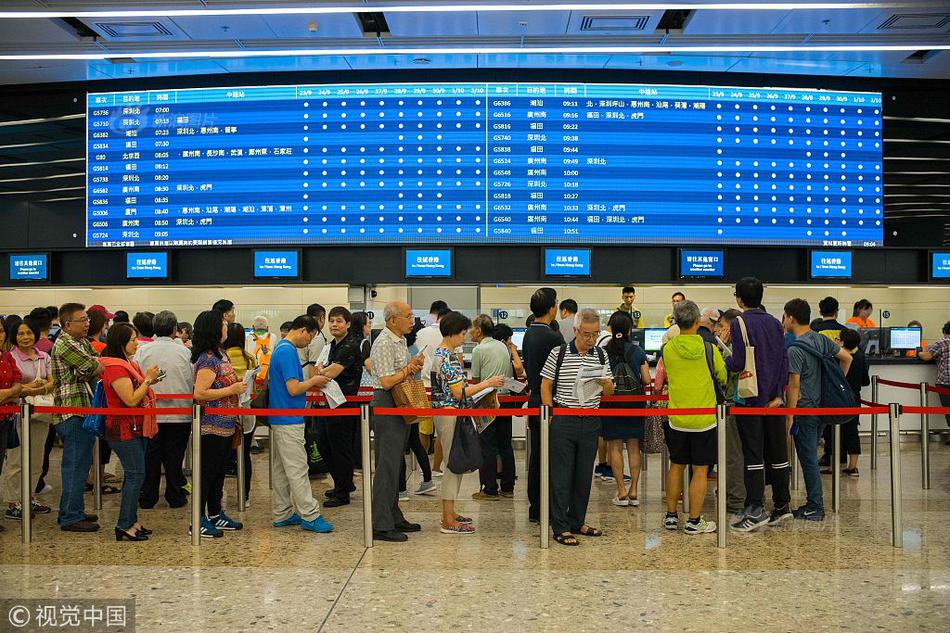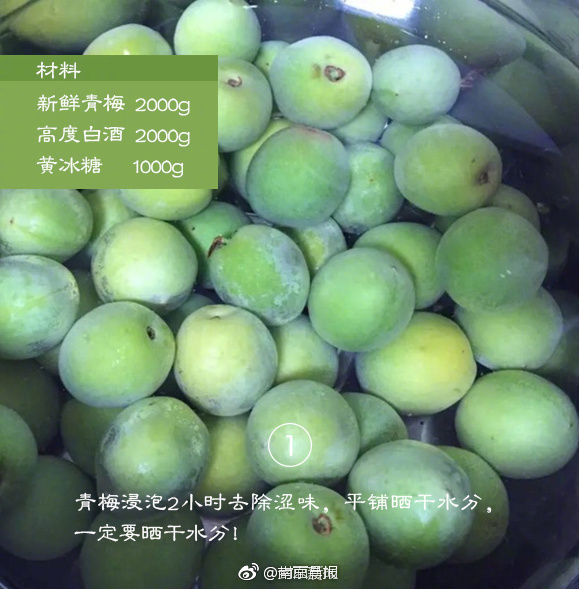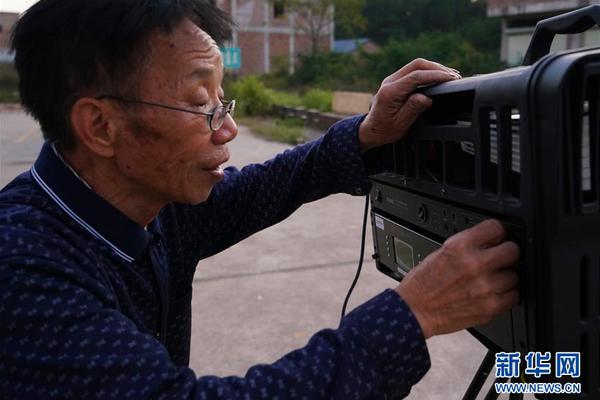
2data/app The directory installed by the user program has the permission to delete.
It is generally the software installed/downloaded on the computer. If you click it directly, you will be prompted to install the software in your mobile phone. If it is Android 2, it is still in the sd card; the system/.2 version can be installed with an sd card. If it is installed in the mobile phone; under the app directory.
The folders of some programs are automatically built on the SD card, and some programs do not have folders. The programs are located in the date/app folder, while the system programs are located in the system/app folder. After the software installation is completed, an apk file will appear in the date/app directory.
1. The systemframework framework is mainly some core files. From the suffix name jar, it can be seen that it is a system level. Platform frame. The systemlib lib directory is mainly stored in the system underlying library and some so files, such as the platform runtime library.
2. Therefore, we can copy all the files in ramdisk.img, and decompress system.img and userdata.img into the system and userdata directories in the ramdisk file system respectively. .
3. /system/framework This is the framework of the android system, which saves the system core program or java class library. It is very important that almost no files in it need to be deleted.
4. There are many, such as: fat3ext, linux swap partition, but under standard circumstances, please use fat32 in the system area, but if there is no ext partition, linux file management will not be carried out. If there is no linux swap partition, APK will be stored anywhere. Take.
5. In addition to FAT32, there is also FAT, that is, FAT16, the file system format supported by the Android system. Common NTFS is not supported. However, FAT16 supports a maximum partition of 2GB and a maximum file of 2GB, which has been basically obsolete, so FAT32 should still be used.
6. It should be said that the system needs files. That is to say, many of the files you can see are files in the system. If you delete them, the system will not work normally.

1. apk is the installation package file of the Android system. In general, weThe installed package is transmitted to the Android emulator through the apk file for the next execution and installation. The software in Android phones is generally in apk format.
2. What is the apk file? APK is the abbreviation of AndroidPackage, that is, the application software installation package (apk) of Android system. APK is a file format similar to Symbian Sis or Sisx. It can be installed by transmitting the APK file directly to the Android emulator or Android phone.
3. The APK file is in zip format. You can right-click the file in the computer to select the opening method, and then choose to open with winrar to view the content of the file. Or change the suffix name of the file.Rar, and then unzip it with the winrar file, and you will get a folder, which is the source file of the modified program.
4. APK file. An APK file is a compressed file with the suffix apk. So the apk suffix name is a compressed file. The APK file contains all the contents of an Android application, which is the file used by the Android platform to install the application.
5. APK stands for AndroidPackage, that is, Android installation package (apk). APK is a file format similar to Symbian Sis or Sisx. It can be installed by transmitting the APK file directly to the Android emulator or Android phone.
1. NTFS (New Technology File System) is a commonly used file system in the Windows operating system, with good performance and security. NTFS supports large-capacity storage devices and provides more advanced permission control and data recovery functions.
2. The file system of the entire Android system adopts the Linux-based virtual file system (VFS) mechanism. VFS is not a specific file system, but a file operation interface that supports various file systems.
3. There is something wrong with your way of asking. The disk character format of the operating system is called "file system", and Android uses Linux files.System ext, ext2, ext3, but Android does not support the NTFS file system. The solution is as follows: First, open my computer, find the partition type of the current system, and check the disk information.
4. The file system format supported by Android system, in addition to FAT32, there is also FAT, that is, FAT16. Common NTFS is not supported. However, FAT16 supports a maximum partition of 2GB and a maximum file of 2GB, which has been basically obsolete, so FAT32 should still be used.
5. Android is Linux-based, natively supports ex2/3/4 file system, compatible with FAT/16/32 file system, does not support NTFS file system and HFS+ file system (plug-in NTFS/HFS+ driver can be supported).
6. For Android phones, mobile hard disks can be connected through OTG cables, but Android does not recognize NTFS or exfat file systems, and most of our mobile hard disks are these two. Because Android is based on Linux, the natively supported file systems are ext2fs and ext3fs.
1. Search the ES file browser on the web page, click download and install. When you open the homepage, it is the home page marked by the red square circle in the picture below. When opening the history, it is the place where the system root directory and the SD card root directory are displayed. The root directory of the system is the folder where the root directory marked by the red circle in the figure below is located.
2. Open the file manager app on Android phones. Click the "Menu" or "Settings" icon in the upper left corner of the file manager. Find options such as "Show Hidden Files" or "Show Root Directory" in the menu or settings and check it.
3. Internal storage: the default storage path on the mobile phone, usually including the data of each application, system files, etc. Different mobile phone manufacturers and operating systems may be different. In some Android systems, the default path of internal storage is "/storage/emulated/0/".
1. Files deleted by mistake can be returned throughRetrieve. Generally, there is a recycle bin in the file manager that comes with mobile phones. After deletion, the file will be automatically put here. Generally, it will be permanently deleted for more than 30 days.
2. Wait for the recovery of the file you selected. If part of the file cannot be opened after recovery, it means that some data has been overwritten or lost and needs to be further repaired. The process is quite complicated and will not be provided here. Please understand.
3. If the user mistakenly deletes the mobile phone system file, it usually cannot be retrieved normally. It can only be flashed to repair the files or problems deleted by the system.
4. The first step is to search for Data Rabbit in the application market or Baidu and install it; the second step is to access the home page of Data Rabbit's application, slide down and click the "File Recovery" function option; the third step is to search accurately according to the file type.
Trade Data intelligence-APP, download it now, new users will receive a novice gift pack.
2data/app The directory installed by the user program has the permission to delete.
It is generally the software installed/downloaded on the computer. If you click it directly, you will be prompted to install the software in your mobile phone. If it is Android 2, it is still in the sd card; the system/.2 version can be installed with an sd card. If it is installed in the mobile phone; under the app directory.
The folders of some programs are automatically built on the SD card, and some programs do not have folders. The programs are located in the date/app folder, while the system programs are located in the system/app folder. After the software installation is completed, an apk file will appear in the date/app directory.
1. The systemframework framework is mainly some core files. From the suffix name jar, it can be seen that it is a system level. Platform frame. The systemlib lib directory is mainly stored in the system underlying library and some so files, such as the platform runtime library.
2. Therefore, we can copy all the files in ramdisk.img, and decompress system.img and userdata.img into the system and userdata directories in the ramdisk file system respectively. .
3. /system/framework This is the framework of the android system, which saves the system core program or java class library. It is very important that almost no files in it need to be deleted.
4. There are many, such as: fat3ext, linux swap partition, but under standard circumstances, please use fat32 in the system area, but if there is no ext partition, linux file management will not be carried out. If there is no linux swap partition, APK will be stored anywhere. Take.
5. In addition to FAT32, there is also FAT, that is, FAT16, the file system format supported by the Android system. Common NTFS is not supported. However, FAT16 supports a maximum partition of 2GB and a maximum file of 2GB, which has been basically obsolete, so FAT32 should still be used.
6. It should be said that the system needs files. That is to say, many of the files you can see are files in the system. If you delete them, the system will not work normally.

1. apk is the installation package file of the Android system. In general, weThe installed package is transmitted to the Android emulator through the apk file for the next execution and installation. The software in Android phones is generally in apk format.
2. What is the apk file? APK is the abbreviation of AndroidPackage, that is, the application software installation package (apk) of Android system. APK is a file format similar to Symbian Sis or Sisx. It can be installed by transmitting the APK file directly to the Android emulator or Android phone.
3. The APK file is in zip format. You can right-click the file in the computer to select the opening method, and then choose to open with winrar to view the content of the file. Or change the suffix name of the file.Rar, and then unzip it with the winrar file, and you will get a folder, which is the source file of the modified program.
4. APK file. An APK file is a compressed file with the suffix apk. So the apk suffix name is a compressed file. The APK file contains all the contents of an Android application, which is the file used by the Android platform to install the application.
5. APK stands for AndroidPackage, that is, Android installation package (apk). APK is a file format similar to Symbian Sis or Sisx. It can be installed by transmitting the APK file directly to the Android emulator or Android phone.
1. NTFS (New Technology File System) is a commonly used file system in the Windows operating system, with good performance and security. NTFS supports large-capacity storage devices and provides more advanced permission control and data recovery functions.
2. The file system of the entire Android system adopts the Linux-based virtual file system (VFS) mechanism. VFS is not a specific file system, but a file operation interface that supports various file systems.
3. There is something wrong with your way of asking. The disk character format of the operating system is called "file system", and Android uses Linux files.System ext, ext2, ext3, but Android does not support the NTFS file system. The solution is as follows: First, open my computer, find the partition type of the current system, and check the disk information.
4. The file system format supported by Android system, in addition to FAT32, there is also FAT, that is, FAT16. Common NTFS is not supported. However, FAT16 supports a maximum partition of 2GB and a maximum file of 2GB, which has been basically obsolete, so FAT32 should still be used.
5. Android is Linux-based, natively supports ex2/3/4 file system, compatible with FAT/16/32 file system, does not support NTFS file system and HFS+ file system (plug-in NTFS/HFS+ driver can be supported).
6. For Android phones, mobile hard disks can be connected through OTG cables, but Android does not recognize NTFS or exfat file systems, and most of our mobile hard disks are these two. Because Android is based on Linux, the natively supported file systems are ext2fs and ext3fs.
1. Search the ES file browser on the web page, click download and install. When you open the homepage, it is the home page marked by the red square circle in the picture below. When opening the history, it is the place where the system root directory and the SD card root directory are displayed. The root directory of the system is the folder where the root directory marked by the red circle in the figure below is located.
2. Open the file manager app on Android phones. Click the "Menu" or "Settings" icon in the upper left corner of the file manager. Find options such as "Show Hidden Files" or "Show Root Directory" in the menu or settings and check it.
3. Internal storage: the default storage path on the mobile phone, usually including the data of each application, system files, etc. Different mobile phone manufacturers and operating systems may be different. In some Android systems, the default path of internal storage is "/storage/emulated/0/".
1. Files deleted by mistake can be returned throughRetrieve. Generally, there is a recycle bin in the file manager that comes with mobile phones. After deletion, the file will be automatically put here. Generally, it will be permanently deleted for more than 30 days.
2. Wait for the recovery of the file you selected. If part of the file cannot be opened after recovery, it means that some data has been overwritten or lost and needs to be further repaired. The process is quite complicated and will not be provided here. Please understand.
3. If the user mistakenly deletes the mobile phone system file, it usually cannot be retrieved normally. It can only be flashed to repair the files or problems deleted by the system.
4. The first step is to search for Data Rabbit in the application market or Baidu and install it; the second step is to access the home page of Data Rabbit's application, slide down and click the "File Recovery" function option; the third step is to search accurately according to the file type.
Metals and alloys HS code verification
author: 2024-12-23 22:03How to detect supply chain inefficiencies
author: 2024-12-23 22:00Europe import export statistics
author: 2024-12-23 21:09Medical diagnostics HS code classification
author: 2024-12-23 21:00Real-time customs duty updates
author: 2024-12-23 20:17HS code compliance for Pacific Island nations
author: 2024-12-23 21:32WTO harmonization and HS codes
author: 2024-12-23 21:21Engine parts HS code verification
author: 2024-12-23 21:11Advanced export forecasting models
author: 2024-12-23 20:38Processed meat HS code verification
author: 2024-12-23 20:01 HS code classification tools
HS code classification tools
638.14MB
Check Comparing trade data providers
Comparing trade data providers
443.42MB
Check Ceramic tiles HS code classification
Ceramic tiles HS code classification
634.87MB
Check Agricultural machinery HS code lookups
Agricultural machinery HS code lookups
151.21MB
Check Global trade compliance dashboards
Global trade compliance dashboards
369.15MB
Check Container freight index monitoring
Container freight index monitoring
571.32MB
Check How to refine supply chain visibility
How to refine supply chain visibility
244.69MB
Check Trade data-driven logistics planning
Trade data-driven logistics planning
532.95MB
Check How to comply with export quotas
How to comply with export quotas
813.99MB
Check How to access restricted trade data
How to access restricted trade data
824.68MB
Check EU HS code-based duty suspensions
EU HS code-based duty suspensions
718.98MB
Check Import data trends visualization
Import data trends visualization
169.39MB
Check Country trade missions and HS code references
Country trade missions and HS code references
599.57MB
Check Real-time port data insights
Real-time port data insights
232.73MB
Check Cross-verifying suppliers by HS code
Cross-verifying suppliers by HS code
748.19MB
Check Trade data for enterprise resource planning
Trade data for enterprise resource planning
577.78MB
Check How to identify emerging supply hubsHolistic trade environment mapping
How to identify emerging supply hubsHolistic trade environment mapping
578.45MB
Check Global sourcing risk by HS code
Global sourcing risk by HS code
327.42MB
Check Global trade forecasting tools
Global trade forecasting tools
681.22MB
Check Gemstones HS code references
Gemstones HS code references
347.64MB
Check Mining industry HS code analysis
Mining industry HS code analysis
498.48MB
Check Pharma active ingredients HS code checks
Pharma active ingredients HS code checks
341.43MB
Check Refrigeration equipment HS code checks
Refrigeration equipment HS code checks
188.92MB
Check How to integrate IoT with trade data
How to integrate IoT with trade data
112.61MB
Check Mineral fuels HS code data analysis
Mineral fuels HS code data analysis
652.54MB
Check Global import export freight indexes
Global import export freight indexes
269.12MB
Check Furniture trade (HS code ) insights
Furniture trade (HS code ) insights
667.78MB
Check Real-time HS code duty updates
Real-time HS code duty updates
686.23MB
Check trade data services
trade data services
872.92MB
Check Shipment data platform
Shipment data platform
376.37MB
Check Wool and yarn HS code verification
Wool and yarn HS code verification
326.59MB
Check Global trade data normalization
Global trade data normalization
571.56MB
Check Advanced commodity classification analytics
Advanced commodity classification analytics
952.27MB
Check HS code-based multi-country consolidation
HS code-based multi-country consolidation
333.76MB
Check Real-time customs tariff analysis
Real-time customs tariff analysis
851.71MB
Check Global trade data interoperability
Global trade data interoperability
644.92MB
Check
Scan to install
Trade Data intelligence to discover more
Netizen comments More
1836 How to find ethical suppliers
2024-12-23 22:13 recommend
1021 Trade data-driven investment strategies
2024-12-23 22:08 recommend
724 Trade data-driven cost modeling
2024-12-23 21:26 recommend
1619 HS code-led regulatory frameworks
2024-12-23 21:05 recommend
2685 Supply chain sustainability metrics
2024-12-23 20:08 recommend